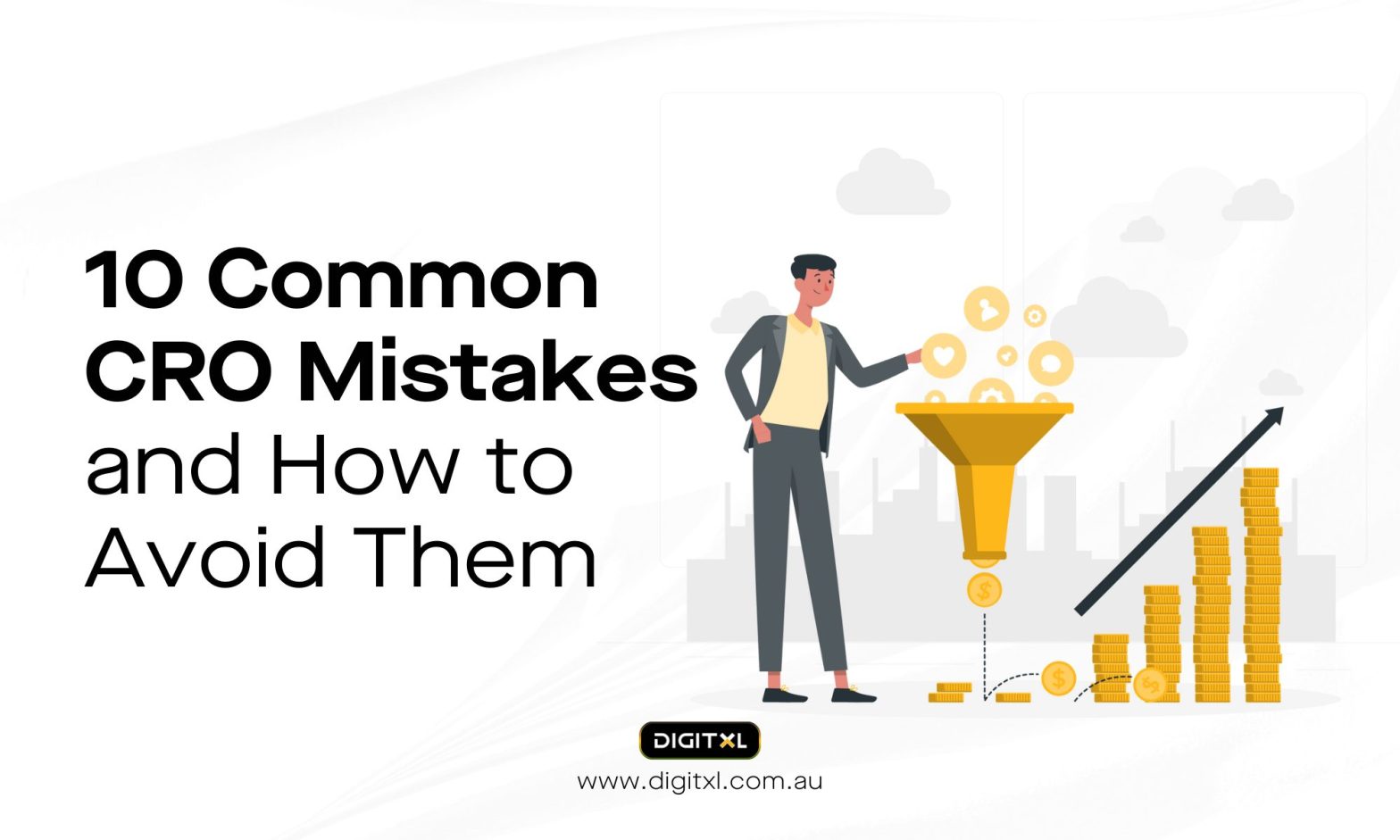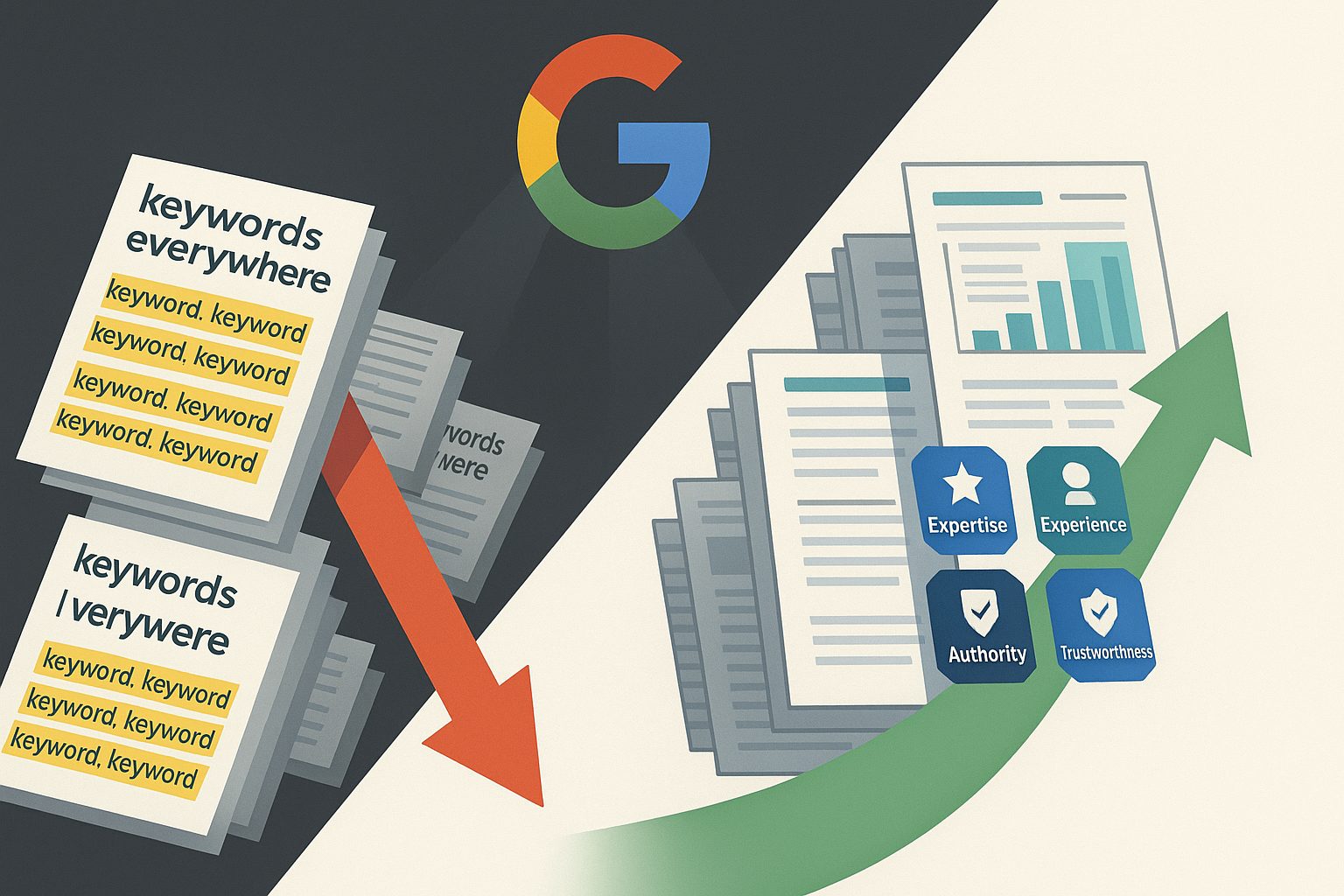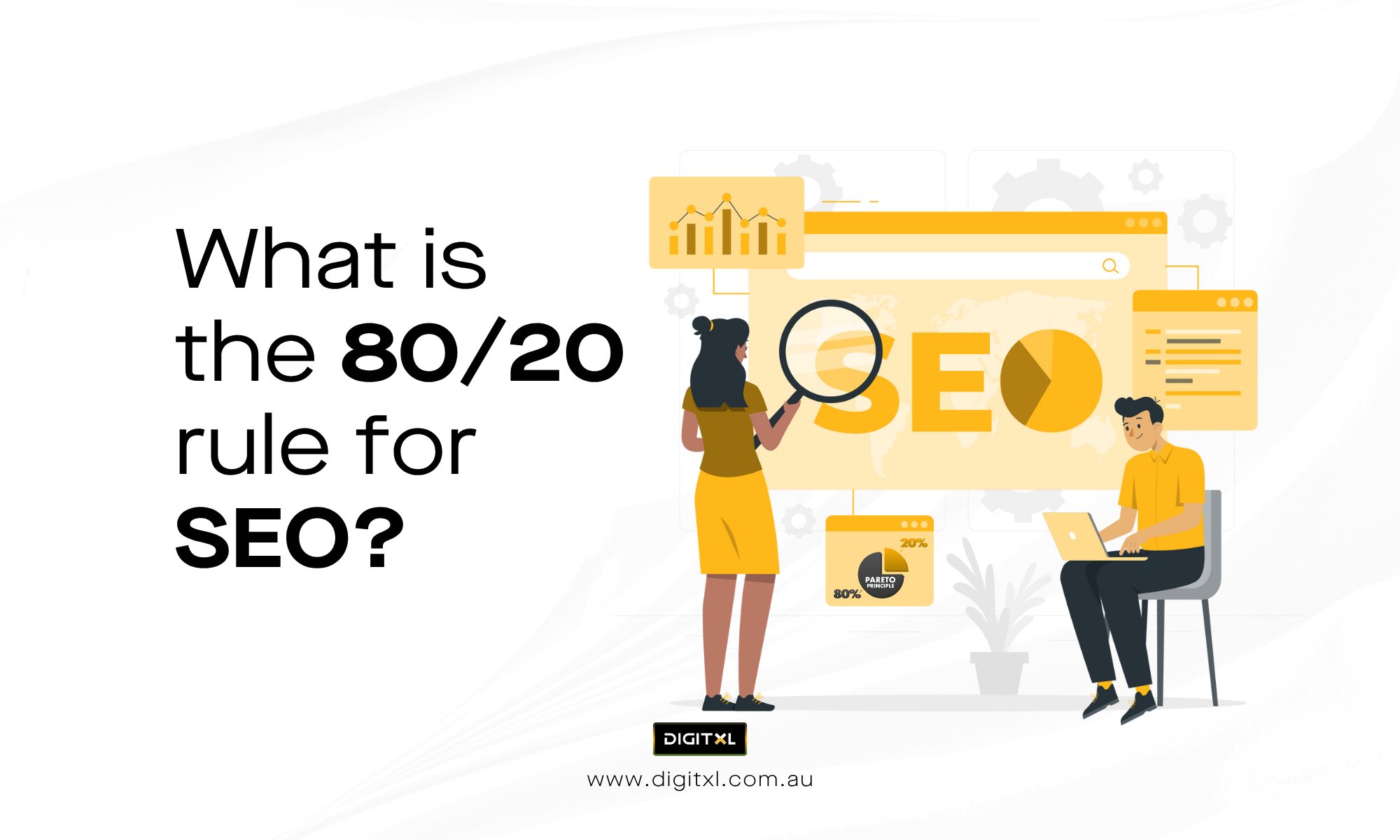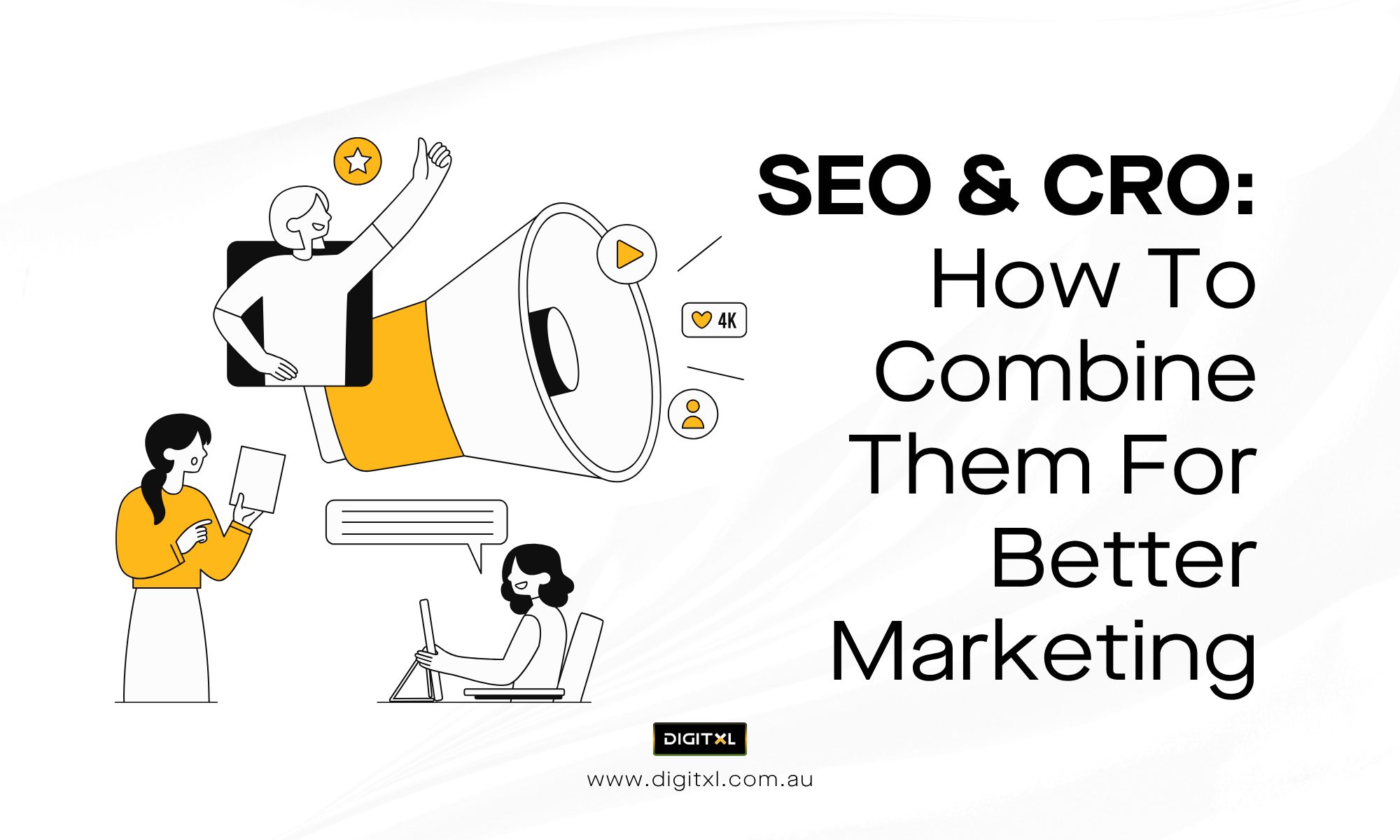- CRO
10 Common CRO Mistakes and How to Avoid Them
08 Oct 2025
Quick answer:
Conversion Rate Optimisation (CRO) helps turn visitors into customers. But even well-intentioned marketers and businesses make mistakes that block results. Whether you’re running everything in-house or partnering with a CRO agency, here are the 10 most common errors we see and how to fix them with smarter CRO practices.
1. Testing Without a Plan
Jumping into A/B tests without a roadmap leads to messy, unreliable results. For example, running tests during holiday sales may skew data because customer behaviour is different from normal weeks.
How to avoid it:
- Build a testing calendar (at least quarterly).
- Prioritise experiments that matter most for revenue.
- Allow tests to run long enough to reach significance.
2. One-Off or Random Testing
Many teams test ideas without understanding current performance or building data-backed hypotheses. As a result, most tests fail.
How to avoid it:
- Use heatmaps, recordings, and analytics to spot friction points.
- Set hypotheses: “Changing X for audience Y will increase Z because…”
- Document results, even from “failed” tests.
3. No Clear KPIs
If you don’t define what success looks like, you won’t know if your tests are working.
Key CRO KPIs to track:
- Conversion rate
- Average order value (AOV)
- Revenue per visitor
- Retention and repeat purchase rate
4. Stopping Tests Too Early
Marketers often pause tests when early results look good or bad. But stopping before statistical significance risks basing decisions on bad data.
Best practice: Always let tests run their full course, even if it takes longer than expected.
5. Treating All Traffic the Same
Different user groups behave differently. A page may perform poorly overall but convert better for a specific audience (e.g., mobile users).
How to avoid it:
- Segment results by device, location, or audience type.
- Build personalised variations where the data supports it.

6. Ignoring High-Performing Pages
It’s easy to only focus on fixing weak spots. But even strong performers can often be pushed further.
Example: Updating old blogs or refining a top product page can unlock more revenue.
7. Seeing a Failed Test as a Waste
A test that doesn’t “win” still gives valuable insights. Maybe your idea didn’t work, but you’ve learned what your audience doesn’t want saving you time later.
Takeaway: Every test is either a win or a lesson.
8. Final wordQuick Checklist to Avoid CRO Mistakes
- Build a CRO roadmap with clear goals
- Track both macro and micro conversions
- Collect enough data before making decisions
- Segment users for deeper insights
- Test continuously don’t treat CRO as one-and-done
9. When to Call in Help
Running a strong program takes time, traffic, and testing discipline. A specialised CRO agency can bring process, tools, and experience. Good conversion rate optimisation services include:
- CRO audits and strategy
- Landing page design and testing
- Funnel analysis
- A/B and multivariate testing
- Personalisation and analytics support
The right conversion rate optimisation agency will help you build a culture of learning and growth.
10. FAQ
1. How long should a CRO test run?
A. Until it reaches statistical significance. Cutting tests short risks acting on noise, not insight.
2. Do micro-conversions really matter?
A. Yes. They show intent and help diagnose where users drop off in the journey.
3. Can a small business do CRO without big traffic?
A. Yes. Focus on usability tests, qualitative feedback, and obvious friction fixes. Save A/B testing for higher-traffic pages.
4. Is CRO a one-time project?
A. No. It’s an ongoing process. Visitor behaviour and competition evolve your site must too.
5. Should I hire a CRO agency?
A. If you lack time, tools, or testing expertise, yes. A skilled partner offering CRO services can accelerate progress and reduce wasted effort.





